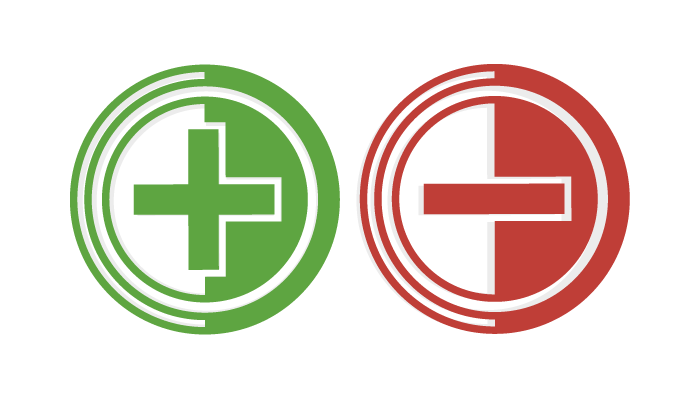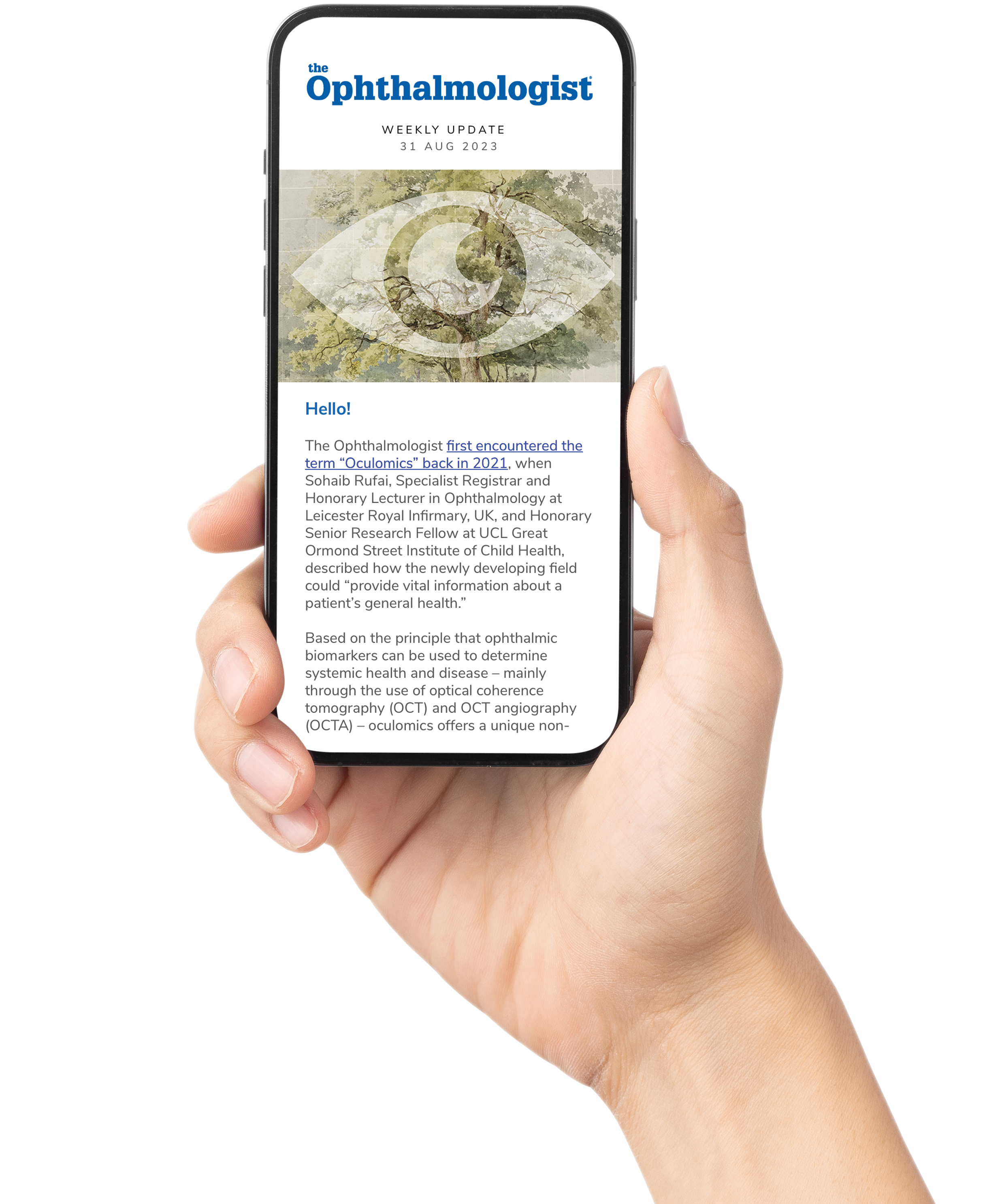
Investigating the differences in dry eye disease (DED) between seropositive and seronegative Sjögren’s Disease (SjD) to determine whether serological status influences disease severity and quality of life, a recent Cornea study examined 80 patients diagnosed with SjD, with 55 classified as seropositive and 25 as seronegative.
The study – conducted by the departments of ophthalmology and rheumatology at Autonomous University of Nuevo León (UANL) in Monterrey, México – indicated that the prevalence of DED was high in both groups, with 92.7 percent in the seropositive and 84 percent in the seronegative groups, showing no significant difference.
However, patients with seropositive SjD exhibited a significantly lower non-invasive tear break-up time (NIBUT), suggesting a greater degree of tear film instability. Other dry eye parameters, including tear osmolarity, Schirmer’s test results, and ocular surface staining, showed no statistically significant differences between the groups, although trends indicated more severe signs in seropositive patients.
Both groups reported high symptom severity as reflected in the Ocular Surface Disease Index (OSDI) scores, and both experienced significant reductions in vision-related quality of life, with similar scores in the National Eye Institute Visual Function Questionnaire-25 (NEI VFQ-25).
Interestingly, seronegative patients were more likely to have positive minor salivary gland biopsies, although their focus scores were significantly lower when compared to the seropositive group, indicating potential differences in disease pathology.
The study concludes that while seropositive SjD patients may experience greater tear film instability, the overall burden of DED symptoms and quality-of-life impact is similar between seropositive and seronegative groups. The findings emphasize the need for more personalized approaches to DED management in SjD patients, regardless of serological status, the authors say.
